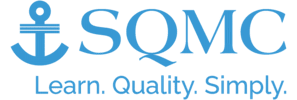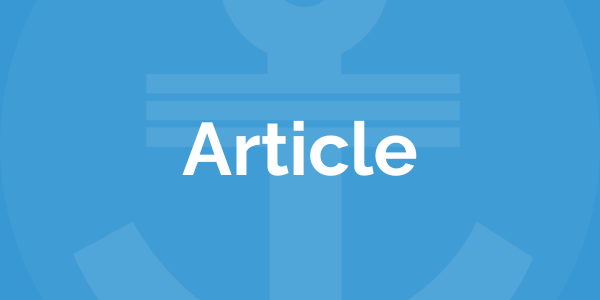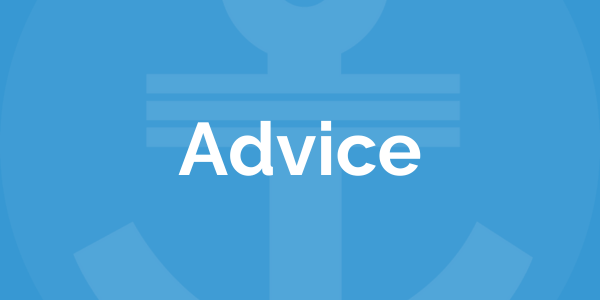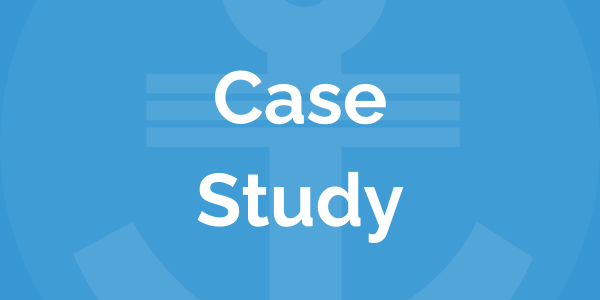The beauty of 'Annex SL' for QHSE managers (and their employers!)
 Kenny Hannah
·
4 minute read
Kenny Hannah
·
4 minute read
In the mid-2010s, International Standards, like those made by the International Organisation for Standardisation (ISO), adopted a common format called "Annex SL" to help Business Management Systems evolve in a good way.
Annex SL gives a standard framework and structure for creating and applying the different ISO management system standards. This helps organisations better integrate and align their different management systems.
In simple terms, Annex SL encourages different ISO standards to use the same structure, language, and core requirements. It sets up a common base, which makes it easy for organisations to adopt and use several ISO standards at the same time. This method has a number of benefits for businesses. Let's consider them...
Consistency and Compatibility.
Annex SL makes sure that the structure and key requirements of different ISO standards, like ISO 9001 (Quality Management), ISO 14001 (Environmental Management), and ISO 45001 (Occupational Health and Safety Management), are the same. This consistency lets businesses harmonise their management systems, avoid wasting time by doing the same thing twice, and make it easier to connect different systems.
Streamlined Implementation.
With Annex SL, organisations can have a more streamlined and efficient method for putting plans into action. Since the structure and language of different standards are similar, it is easier to find common elements and match processes. This makes implementation less complicated and saves time and money.
Better Communication and Understanding.
Annex SL encourages standardised language and structure, which makes it easier for different stakeholders, like workers, suppliers, and customers, to understand and follow management system requirements. This makes it easier for everyone in the company to talk to each other, work together, and be consistent.
Great news for Integrated Management Systems.
Synergy and integration are made better because Annex SL has a shared structure that makes it easier for different management systems to work together. By aligning processes, documentation, and goals, organisations can make sure that quality, environmental, occupational health and safety, and other management fields work better together and with each other. This method helps improve efficiency, effectiveness, and overall performance.
Remember the bad old days?
In the naughties, nineties and beyond, ISO standards generally had different frameworks and different ways of communicating things. Just imagine the carnage! Imagine the confusion! In a bid to counteract this, and promote efficiency for those implementing multiple systems, and auditing them, the British Standards Institute developed a document called 'PAS 99' (PAS simply stands for 'Publicly Available Specification', and there are several of them, which have a variety of uses).
PAS 99 was a framework that helped organisations combine different management system standards, such as ISO 9001, ISO 14001 (Environmental Management), and others. It gave a structured way to align parts and requirements that were the same across these standards, and although no longer in use, this helpful tool was actually the precursor to Annex SL.
One giant leap for harmony.
Annex SL is a big step towards harmonisation and integration. Even with PAS 99, it was much harder for companies using multiple ISO standards to match up their different structures, which could lead to wasted time and effort. Annex SL solves these problems by giving a unified platform that allows organisations to build management systems that work better together and are more integrated.
Here's a real-world application of Annex SL that most people can relate to.
At SQMC, our modus operandi is to make learning about Quality a simple and relatable thing to do. One of our tutors' favourite examples to get our students to envisage QHSE Standards in action is a tyre-fitting garage, because most people drive, and therefore most people have at one point experienced what goes on in such a business establishment. So, with that in mind, let's look at how a tyre-fitting business could use Annex SL to improve and organise their management systems...
Annex SL provides a consistent framework.
ISO standards like ISO 9001 and ISO 45001 all have the same framework, thanks to Annex SL. This means that the core needs and structure of these standards would be the same in a business that changes tyres. For example, the methods for dealing with customer complaints, managing the effects on the environment, and making sure employees are safe would all have the same structure. This would make it easier to make these systems work together smoothly.
Harmonised Documentation.
Annex SL supports the creation of documentation that is the same across all management systems. This means that processes, methods, and policies can be aligned and shared between different management systems in a business that changes tyres. For example, documentation about quality control measures, how to handle waste, and safety rules can be made in a way that makes sure everything is the same and stops people from doing the same work twice.
Integrated Objectives.
Annex SL helps make sure that the goals of all management systems are aligned. In a business that fits tyres, this could mean having goals for customer satisfaction, protecting the environment, and taking care of employees. For example, the business could try to reduce customer complaints, cut down on waste, and make the workplace safer. These goals are all related across different management systems, so the business could try to do all three.
Combined auditing and evaluating.
Annex SL makes the auditing and evaluating process far more efficient. The tyre-fitting business could use an integrated audit method instead of having separate audits for each management system. This means that auditors can look at several management systems at the same time, focusing on the requirements and methods in Annex SL that are shared by all of them. This speeds up the auditing process, saves time, and makes sure that audits don't get in the way of regular business.
Better Continual Improvement.
Annex SL stresses how important it is for all management systems to keep getting better. In a business that fixes tyres, this means that methods for getting feedback from customers, keeping an eye on environmental performance, and finding health and safety risks can be combined. This integrated method lets the business find ways to improve that affect more than one part of its operations and put those improvements into action at the same time.
By using Annex SL, the garage can make a management system that is combined and harmonised, with practises that are the same for quality, the environment, and health and safety at work. With this combination, processes can be streamlined, communication can be improved, and efficiency can go up. In the end, it helps the business provide high-quality services, reduce its effect on the environment, and keep employees and customers safe and healthy.
In conclusion.
The fact that Annex SL is being used as a uniform structure for ISO standards is wonderful news for you and me - and everyone who works with all kinds of business management systems. This common framework encourages consistency, compatibility, and easy application, helping organisations improve their internal communications, increase synergy, and integrate their management systems much more efficiently. This standardised method helps organisations to be more effective, meet the expectations of their stakeholders, and drive continuous improvement in many different areas of their operations.
Thank goodness for Annex SL!



